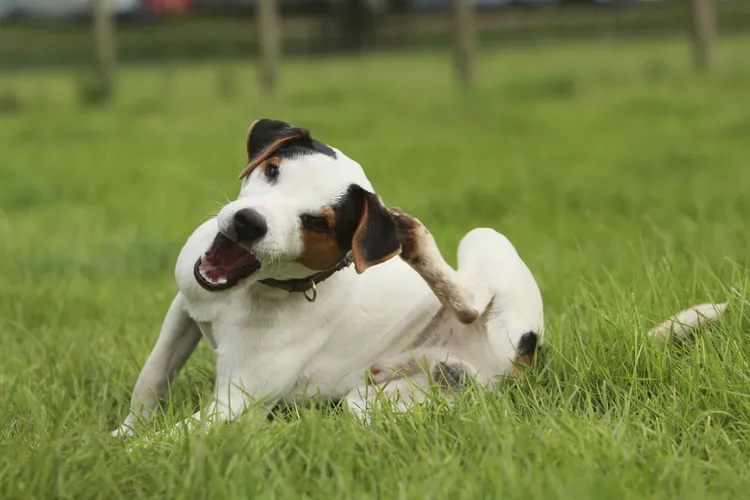
Lice are dreaded by parents of both dogs and kids because these parasites cause severe itching and can be tough to eradicate. Untreated lice infestations in dogs can lead to skin infections and bald patches caused by excessive scratching. Lice are relatively rare among dogs in the United States, but infestations do happen.
Lice (singular louse) are wingless, flat, six-legged insects that attach to a host's hair shafts and feed on skin and blood. Lice are host-specific, meaning that each genus of animal is only infected by certain species of lice.
Dogs can be infested with three species of lice: Linognathus setosus, Trichodectes canis, and Heterodoxus spiniger . All species cause the same irritating symptoms in dogs.
The most common symptom of a lice infestation is extreme itchiness. Most dogs infected with lice suffer sudden fits of scratching, sometimes to the point of breaking the skin and causing bleeding. Untreated, lice can cause fur loss, trauma to the skin, and infection.
Upon close inspection, it is possible to see lice among the dog's hairs. Lice are light-colored and slow-moving. Fleas, by contrast, are dark and fast-moving, while ticks are dark and generally immobile. Because lice lay their eggs on the shafts of pet hairs, it's also possible to see their empty eggshells which look very much like dandruff. Any white flakes that are sticky and hard to remove from the hair are almost certainly unhatched lice eggs.
Lice are transmitted when a dog comes into contact with another dog that carries lice. If the dogs spend time together, then some of the lice will migrate from one to the other. Shared grooming tools can also transfer life. Transmission is most likely to occur in places where unfamiliar dogs congregate, such as:
While poor sanitary conditions and crowding lend themselves to lice infestations, lice will take advantage of any social setting for dogs, such as agility events or even group walks.
If you notice your dog scratching and suspect lice, visit your veterinarian to verify the source of itching. Lice are sometimes confused with fleas, mites, or even mange—all of which may require different treatment.
Your vet will examine your dog, carefully combing through the coat to look for signs of a specific parasite. If adult lice, eggs, or eggshells are obvious, then the diagnosis of lice is straightforward. Only if no apparent cause is found will your vet perform a skin scraping to rule out other itchy skin parasites.
Many chemical products kill and/or repel lice including fipronil and selamectin. While pharmaceuticals are very effective, a less toxic option is a lime-sulfur dip. While it may have a few side effects (such as the smell of sulfur and a short-term yellow tinge to your pet's fur), it works quite well. Discuss the frequency of the dips for lice with your veterinarian.
It can also be helpful to use a gentle shampoo and fine-toothed lice comb or flea comb to remove dead lice and sticky nits from your dog's fur. Sanitize combs after each use. Dispose of any bedding, brushes, or cloth toys that might be contaminated, and if possible, have furniture and rugs steam cleaned.
If you have more than one dog, and one of your dogs contracts lice, it would be ideal to keep the infected animal away from the others during the course of treatment because the infestation is likely to spread. But, treatment can take weeks to achieve full eradication, so isolating dogs can be nearly impossible for this length of time. Ultimately, it may be best to treat all dogs because of how contagious lice are. Lice-infested dogs usually recover well if treatment is aggressive and persistent.
Year-round flea and tick prevention as recommended by your vet may be helpful in preventing lice infection. Discuss this with your veterinarian.
If you take your dog to shows, competition events, daycare, or obedience school, check the location ahead of time to be sure it's clean and well managed. If you take your dog to a groomer, inquire about how the grooming equipment is cleaned and sanitized in between clients. This will help avoid multiple parasitic bugs, including lice.
You cannot get lice from your family dog. Head lice that we see in school-aged children are a different species of lice. People do not get lice from dogs; nor do dogs get lice from people.
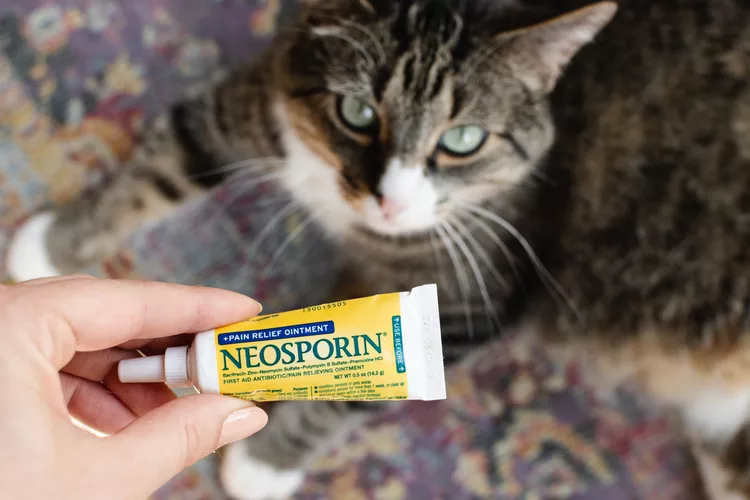
Is Neosporin Safe for Cats?
A brief summary of concerns a cat owner should be aware of before putting Neosporin on their cat, plus tips for things they can use at home instead.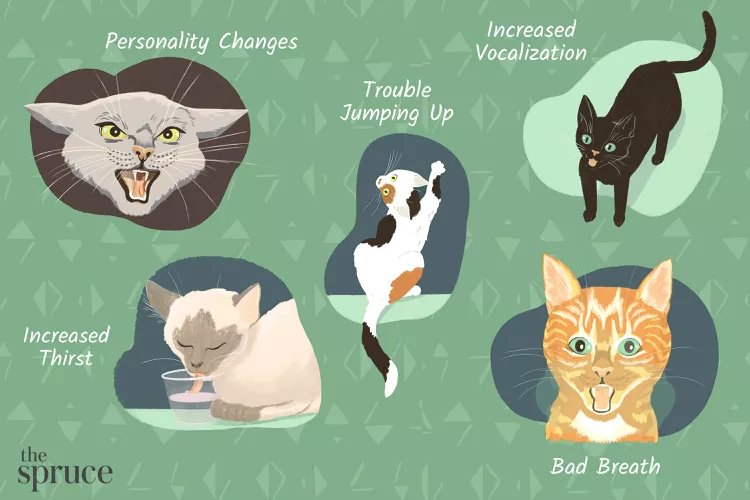
18 Warning Signs That Your Cat Is Crying for Help
How can you tell if your cat is sick? Learn about the warning signs indicating your cat is crying for help and find out what to do about them.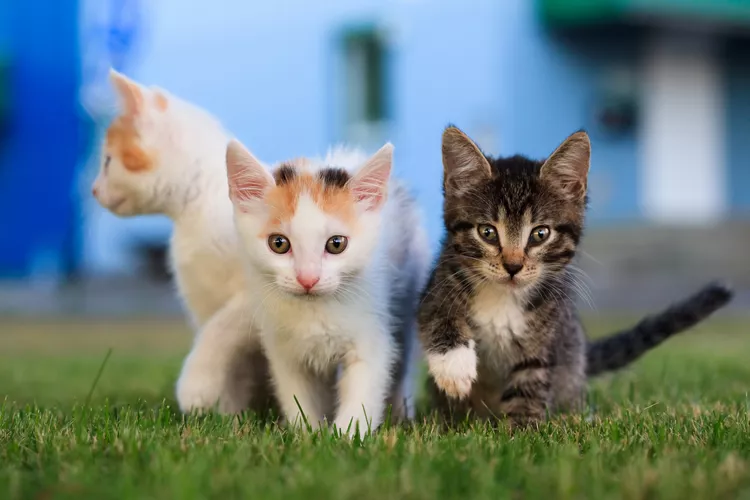
Chlamydia in Cats
Chlamydia in cats is a bacterial infection primarily affecting the eyes, which can cause conjunctivitis. Learn the causes, treatment, and prevention.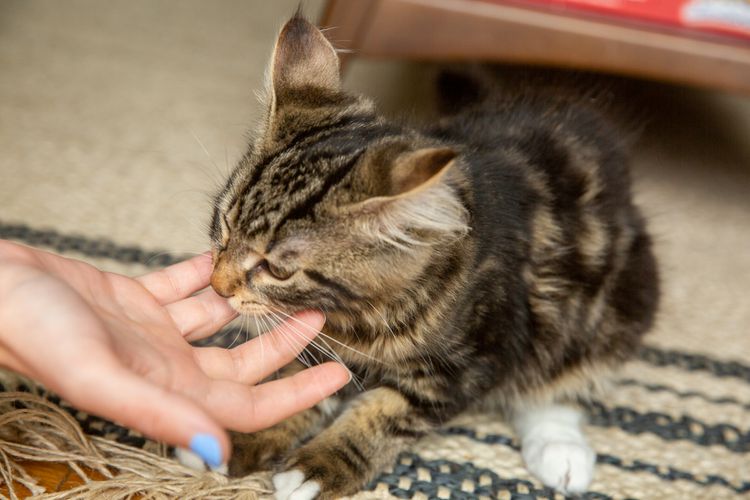
Why Does My Kitten Bite Me? How to Stop Biting and Scratching in Kittens
Why does your kitten bite you? Play aggression is often the cause, but there may be other reasons for the scratching and biting. Here’s what to do if your cat bites and scratches you, including how to stop it.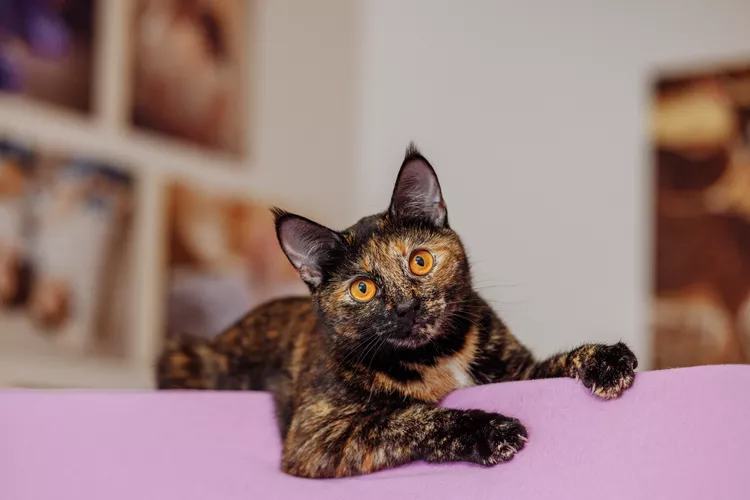
200 Tortoiseshell Cat Names for Your Bi-Colored Kitty
Tortoiseshell cats are a rare phenomenon and deserve a fitting name. We've pulled together 200 tortoiseshell cat names, including male names, female names, cute names, and names inspired by their coat color and pattern.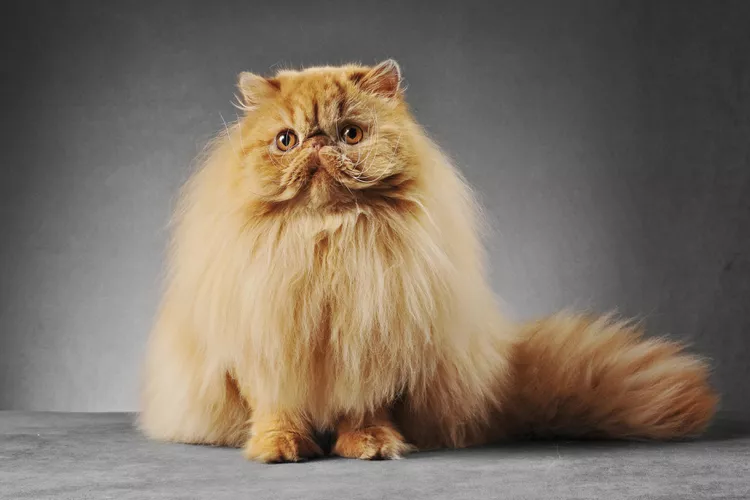
12 Fluffy Cat Breeds Perfect for Endless Cuddles
If you like long-haired cats and don't mind daily (or almost daily) brushing, you’ll love these fluffy cat breeds.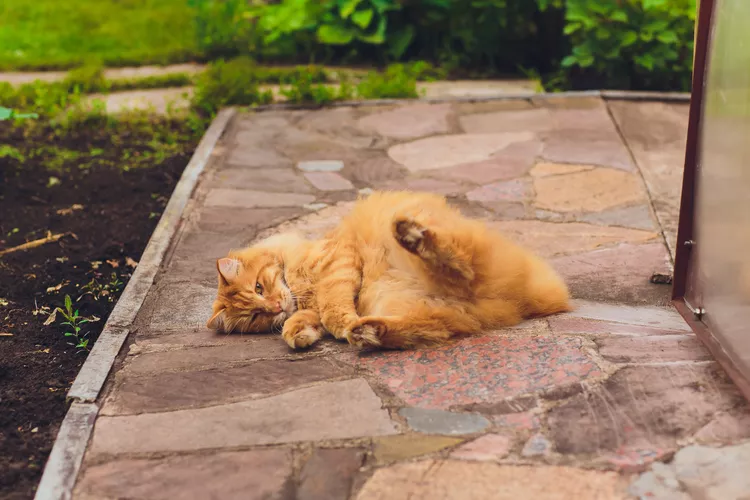
10 Unique Bobtail Cat Breeds
Bobtail cat breeds, including the Manx and Cymric, result from natural genetic mutations. Learn whether one of these cats is right for you.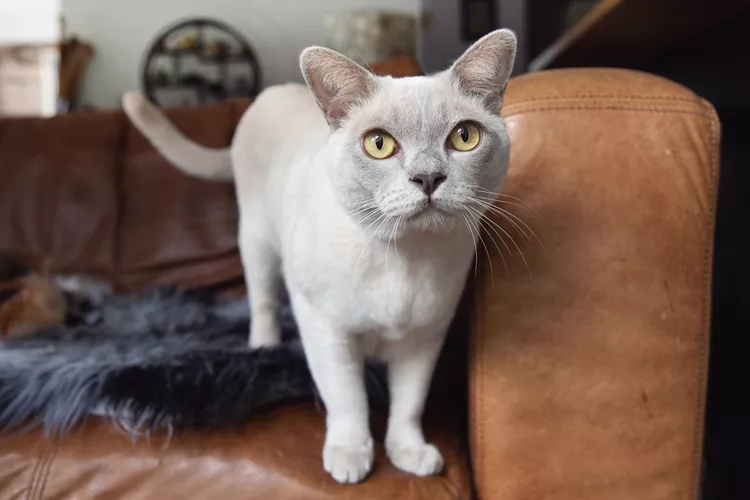
Burmese: Cat Breed Profile, Characteristics & Care
Known for their loving personality and muscular body, the Burmese loves to cuddle after a bout of kittenish playing. Learn about the Burmese breed.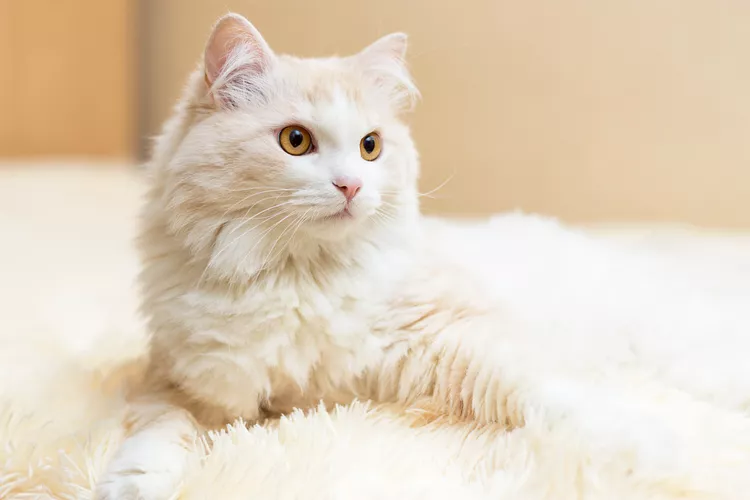
Turkish Angora: Cat Breed Profile, Characteristics & Care
The elegant and silky Turkish Angora cat is a playful, affectionate, and sometimes mischievous pet. Learn about the Turkish Angora breed.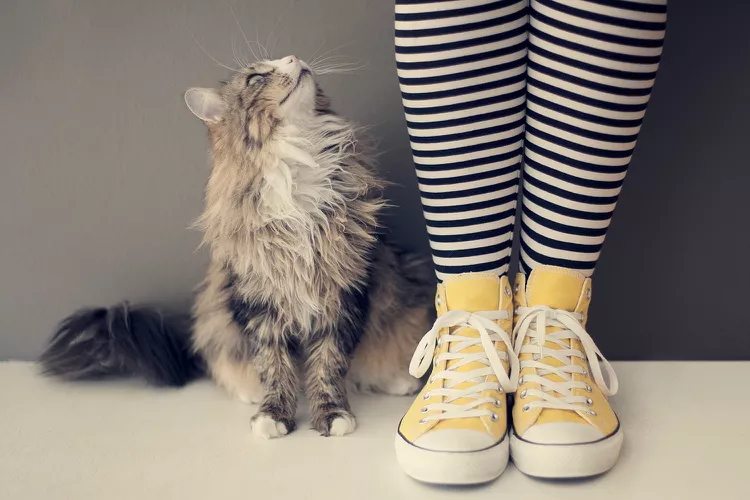
Why Does My Cat Follow Me Around Everywhere?
Cats can follow their owners around for a few different reasons. Find out what your cat is trying to tell you if they follow you around.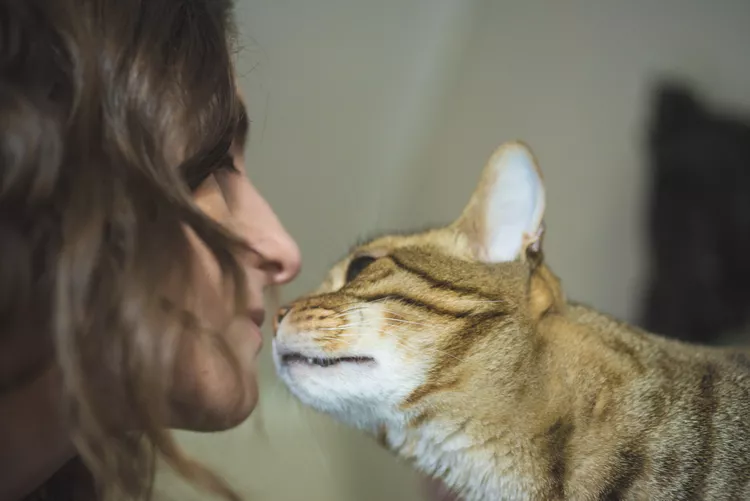
Why Does My Cat Bite My Chin?
If your cat is biting your chin, this might be a sign of affection, but it can also be caused by boredom or stress. Learn how to curb the behavior.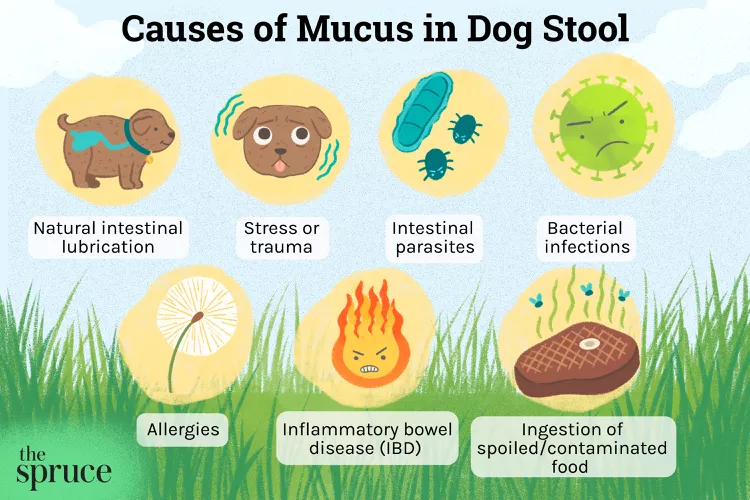
Common Causes of Mucus in Dog Poop
Seeing mucus in your dog's poop can be concerning to a dog owner. Here are common causes and treatment of mucus in a dog's stool.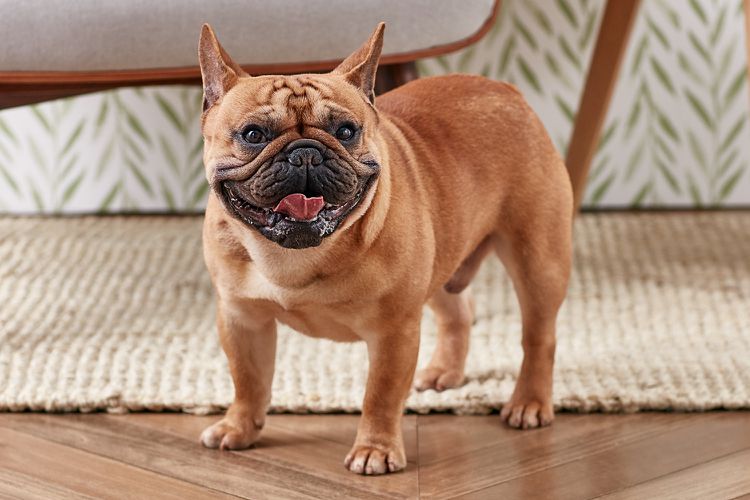
Why Do Dogs Pant?
Dogs pant for a number of reasons, including cooling, excitement, and play. But sometimes panting is a sign of a physical problem. Learn why dogs pant and what to do about it. Here’s how to tell if your dog’s panting is normal or a sign of a problem.
Intervertebral Disc Disease (IVDD) in Dogs
Intervertebral disc disease (IVDD), or a herniated disc, is a serious condition of the spinal cord. Learn the causes, treatment, and prevention.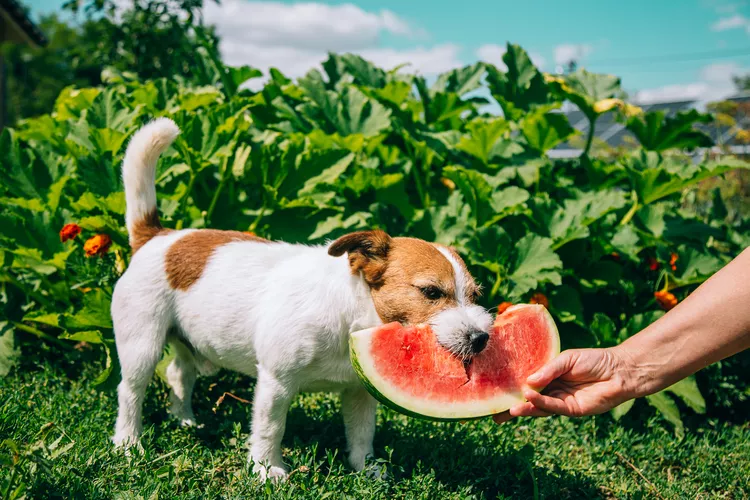
Can Dogs Eat Watermelon?
Can dogs eat watermelon? Yes! But its important to keep certain precautions in mind. Learn the benefits, risks, and how to safely feed your dog this fruit.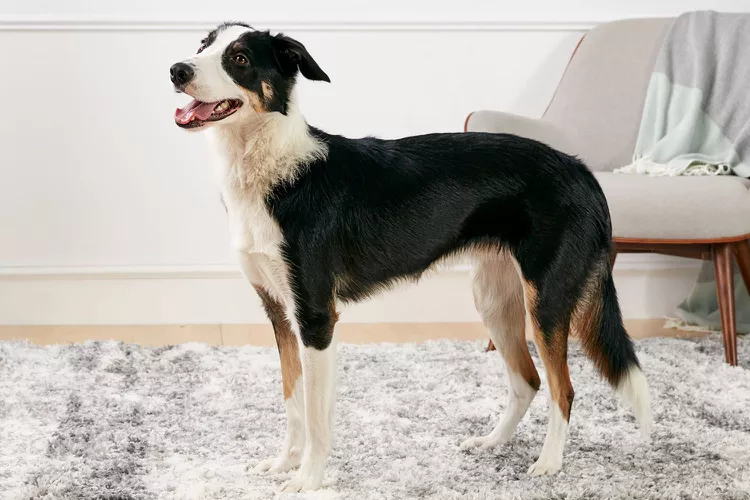
Border Collie: Dog Breed Characteristics & Care
Learn about the border collie, a popular herding breed. They're a smart and energetic dog that's also a great companion to the right pet parent.
Beagle: Dog Breed Characteristics & Care
Learn about the beagle, one of the most popular dog breeds in the world. They are known for being a cheerful, comical, loud, and energetic family dog.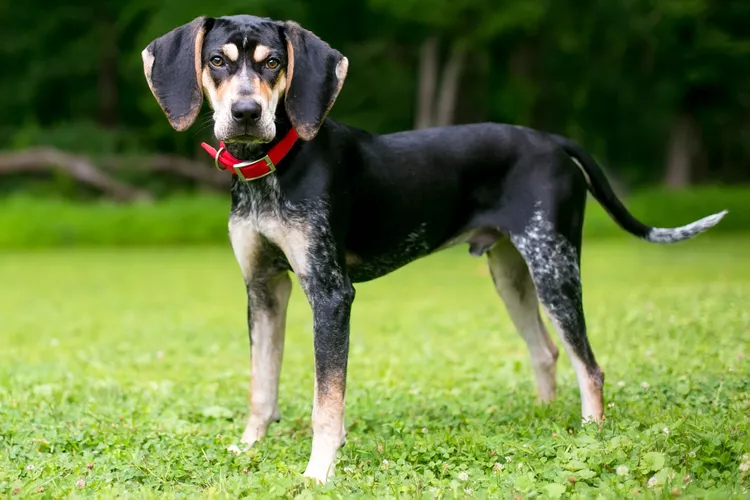
Bluetick Coonhound: Dog Breed Characteristics & Care
Bluetick Coonhounds are a medium-size hound that are gentle and affectionate. They are commonly used as a raccoon hunting dog.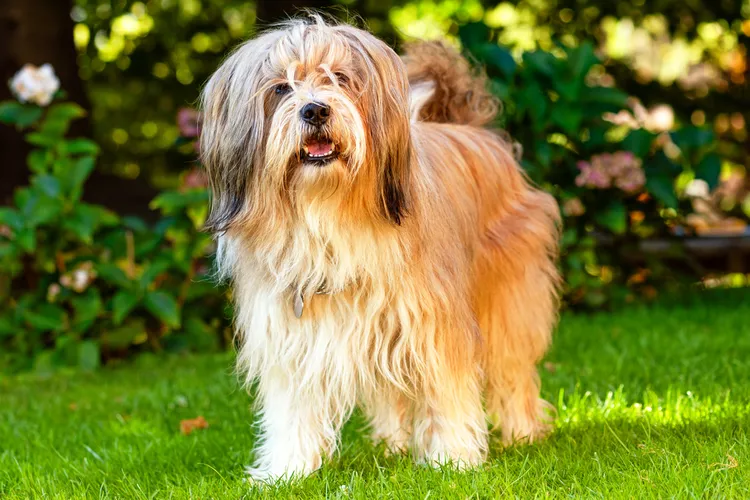
Tibetan Terrier: Dog Breed Characteristics & Care
The Tibetan terrier is a happy-go-lucky dog with a shaggy coat. Learn more about the history, care tips, and other helpful information about the breed.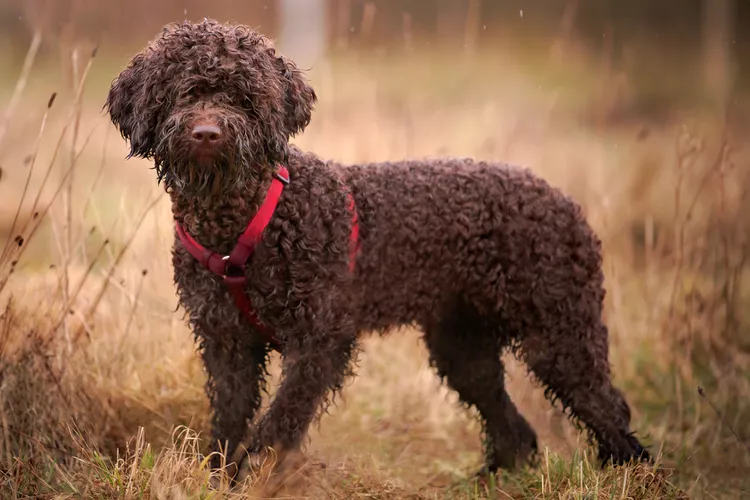
Lagotto Romagnolo: Dog Breed Characteristics & Care
The Lagotto Romagnolo is an intelligent working breed from Northern Italy and can be an adaptable and laid back companion breed.